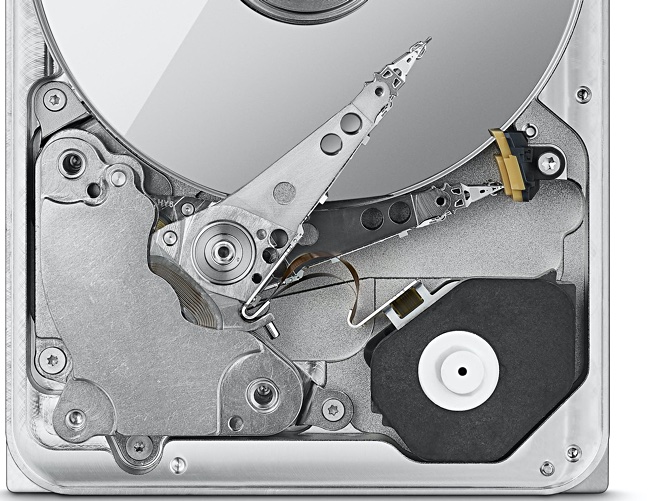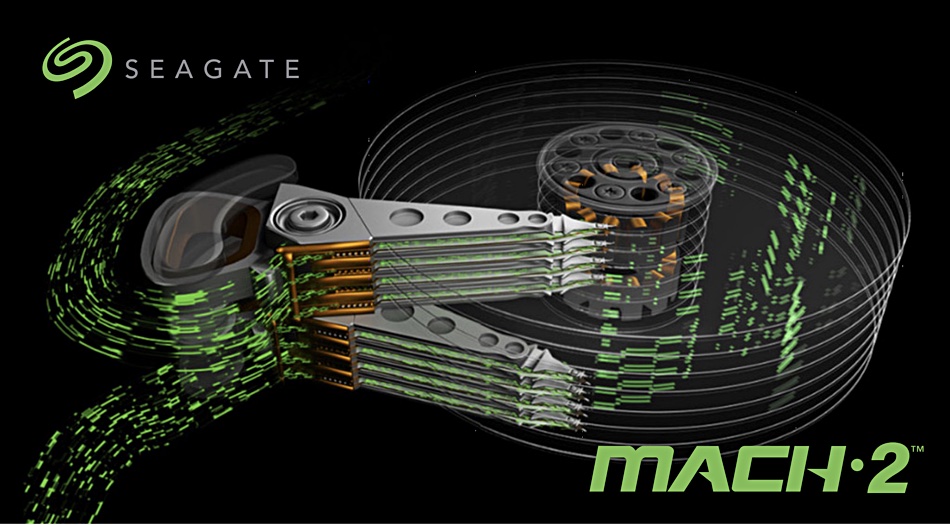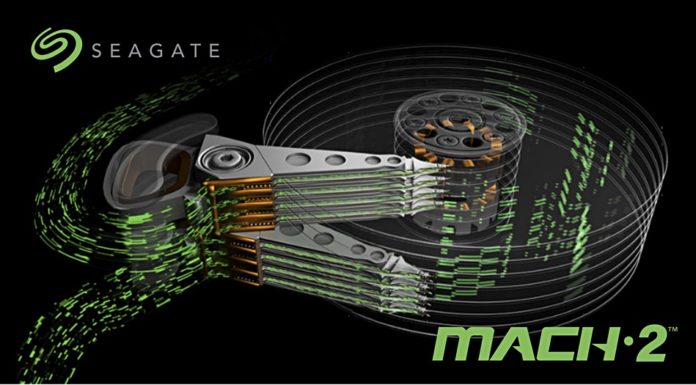Microsoft is testing Seagate’s MACH.2 dual-actuator technology prior to deploying the 14TB Exos 2X14 disk drive in Azure and Exchange cloud services. The dual actuators will enable the company to use bigger disk drives while maintaining service level agreements for latency.
Microsoft used the Exchange Server Jetstress tool to simulate Exchange 2013 and Exchange 2016 disk I/O load on a server to verify drive performance and stability, Seagate said today.
Microsoft tested sequential throughput, simulating backup operations or streaming, and random read IOPS testing, simulating hyperscale and CDN workloads, and others. Aaron Ogus, Microsoft partner architect, said: “We are getting close to twice the throughput and IOPS, which are the improvements we expected to achieve with the MACH.2 technology.”
Two heads are better than one
Dual-actuator technology gives disk drives two read/write head actuators with dedicated channela, instead of the traditional one. It near doubles the drive’s IO performance when both actuators transfer IOs simultaneously.
Within a drive, one actuator addresses the top half of the read/write heads and a second actuator addresses the bottom half. Each actuator addresses one half the total capacity of the drive.

The Exos 2X14 achieves a 520MB/sec sustained data rate, which compares to the single actuator Exos X14 drive’s 261MB/sec.

IO density
Drives with higher IO performance should help cloud providers achieve greater throughput efficiency on a per terabyte basis.
A disk drive can deliver a certain amount of IO through its read/write heads. This is is described as an IOPS/TB number at a certain latency (a NetApp blog discusses this importance of IO density in greater detail). Disk capacity has climbed markedly in the past few years, from a few TBs to 16 and 18TB. At the same time disk drive IO density has fallen because the single read/write head actuator assembly provides access to more capacity through the same limited channel.
For instance a 1TB 7,200rpm drive can provide 50 IOPS at 20 msec latency: the IO density is 50/1 or 50. With a 14TB drive the IO density is 50/14 or 3.57. This is much worse; you need more drives or faster and more expensive drives to achieve an IOPS level closer to the original 50.
Dual actuator tech can increase the overall IOPS number by up to 1.8. meaning the 50 IOPS becomes 90. Then, in our example, the 14TB drive’s IO density is 6.43.

Logically, the Exos 2X14 becomes two drives, each with 7TB capacity. The two actuators have their own logical unit numbers (LUN0 and LUN1) and the SAS protocol supports such LUNs. Customers need to adjust their software stacks to make use of these two LUNs.
The 16TB Exos X16 drive is unsuitable for dual actuator technology as it has 9 platters and cannot divide into two equal halves. The X14 has 8 platters, dividing into two 4-platter halves at 7TB each, hence Seagate’s decision to plunk dual-actuator tech into this drive.
Check out a Seagate Exos 2X14 technology paper here, a Q&A here, and a blog here. The Q&A explains, for example, why single-port SAS is used instead of dual-porting.
In its documentation, Seagate mentions ‘short stroking’ several times. This zoning technology accelerates disk IO speed to important data, and Seagate implies that hyperscalers are currently using short-stroking on their disk drives. Dual-actuator disk drives render short-stroking redundant, so Seagate can anticipate hyperscalers – its main intended market for these drives – to switch over.
Blocks & Files thinks Toshiba and Western Digital also have dual-actuator technology under development.








